
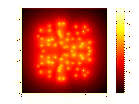 |
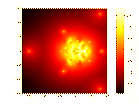 |
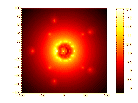 |
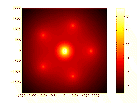 |
Eigenvalues of nonsymmetric matrices play an essential role in physical
problems. These eigenvalues may be used either for their physical meaning
(vibration modes, stability region, etc.) or for their numerical meaning
(convergence of numerical scheme, etc.). Perturbations on the computed
eigenvalues are the consequence of perturbations E on the matrix
A. These perturbations may come from physics (uncertainty on the
data, etc.) and/or from numerics (numerical approximations, finite precision
arithmetic). The spectral portrait is a graphical tool that provides
the user with information about the spectral sensitivity of the spectrum
of a matrix. It gives a visualization of the
![]() -pseudospectrum
which is the set defined by
-pseudospectrum
which is the set defined by
.
Equivalently, ![]() .
The spectral portrait consists in the representation of
.
The spectral portrait consists in the representation of
.
in the complex plane.
Let A be the companion matrix of order 10 associated with
the monic polynomial ![]() .
The matrix A is called the ``Rose'' matrix.
.
The matrix A is called the ``Rose'' matrix.
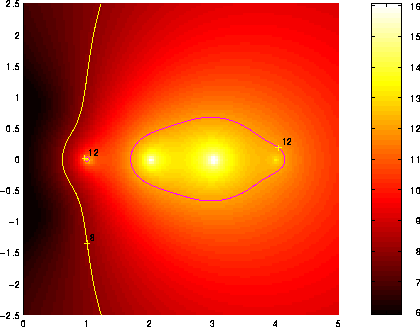
Figure 1.1: Spectral portrait of the ``Rose'' matrix
Figure 1.1 gives the spectral portrait of A. The choice of colours
and scale permits to see easily the contours of the ![]() -pseudospectrum
for values of
-pseudospectrum
for values of ![]() from
from ![]() to
to ![]() .
We have added the contour lines corresponding to
.
We have added the contour lines corresponding to ![]() and to
and to ![]() . Consider
the region enclosed inside the border associated with
. Consider
the region enclosed inside the border associated with ![]() : this region is the set of all eigenvalues of all the matrices (A+E)
for
: this region is the set of all eigenvalues of all the matrices (A+E)
for ![]() .
Another interpretation is the following. Suppose that the matrix A
is known to the normwise relative precision
.
Another interpretation is the following. Suppose that the matrix A
is known to the normwise relative precision ![]() for instance. Then, the region enclosed inside the border associated with
for instance. Then, the region enclosed inside the border associated with
![]() is the set
of all possible eigenvalues for this matrix. In particular, if one tries
to compute the eigenvalues of A in single precision with a stable
algorithm, one might get any of the points contained in this
is the set
of all possible eigenvalues for this matrix. In particular, if one tries
to compute the eigenvalues of A in single precision with a stable
algorithm, one might get any of the points contained in this ![]() -pseudospectrum.
In our case, this region is very large because the matrix A is
a highly nonnormal matrix with defective eigenvalues.
-pseudospectrum.
In our case, this region is very large because the matrix A is
a highly nonnormal matrix with defective eigenvalues.
An example from the Harwell-Boeing collection Figure 1.2 (resp., 1.3) shows the spectral portrait of the Tolosa matrix of size n = 5000 (resp., n = 10000). All the eigenvalues of Tolosa are simple but the eigenvalues of largest imaginary part are the most unstable. They are the ones of interest to engineers.
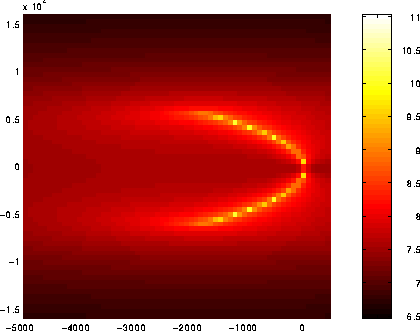
Figure 1.2: Spectral portrait for Tolosa5000
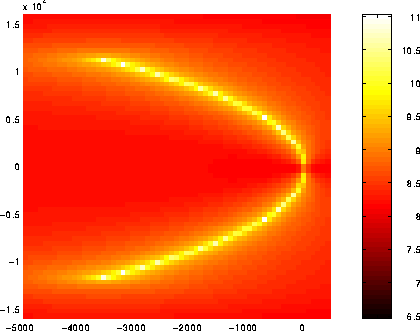
Figure 1.3: Spectral portrait for Tolosa10000
[ Home ] [ Search ] [ Browse ] [ Resources ]
Last change in this page : 26 August 2003. [ ].